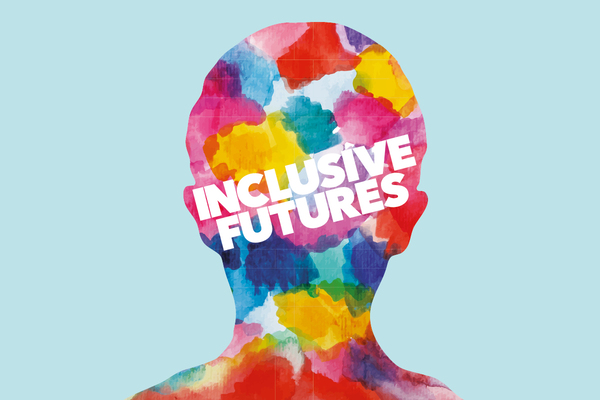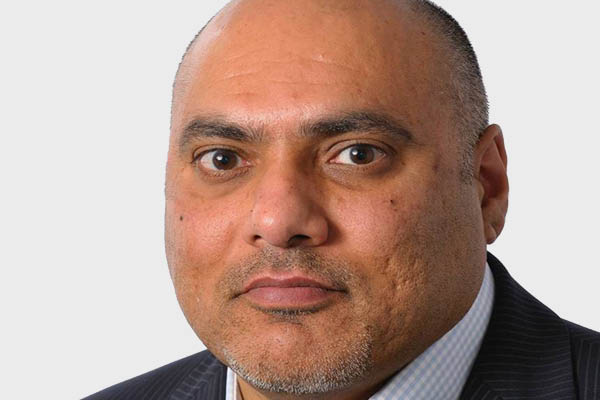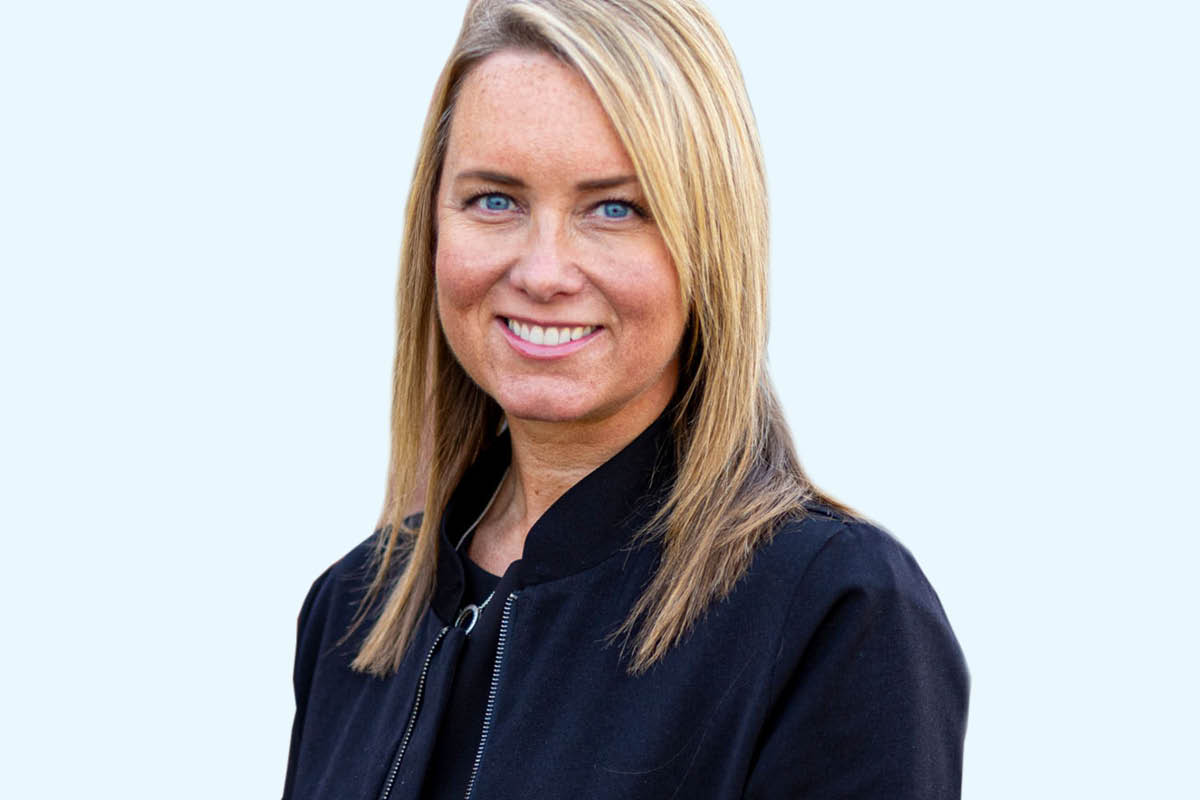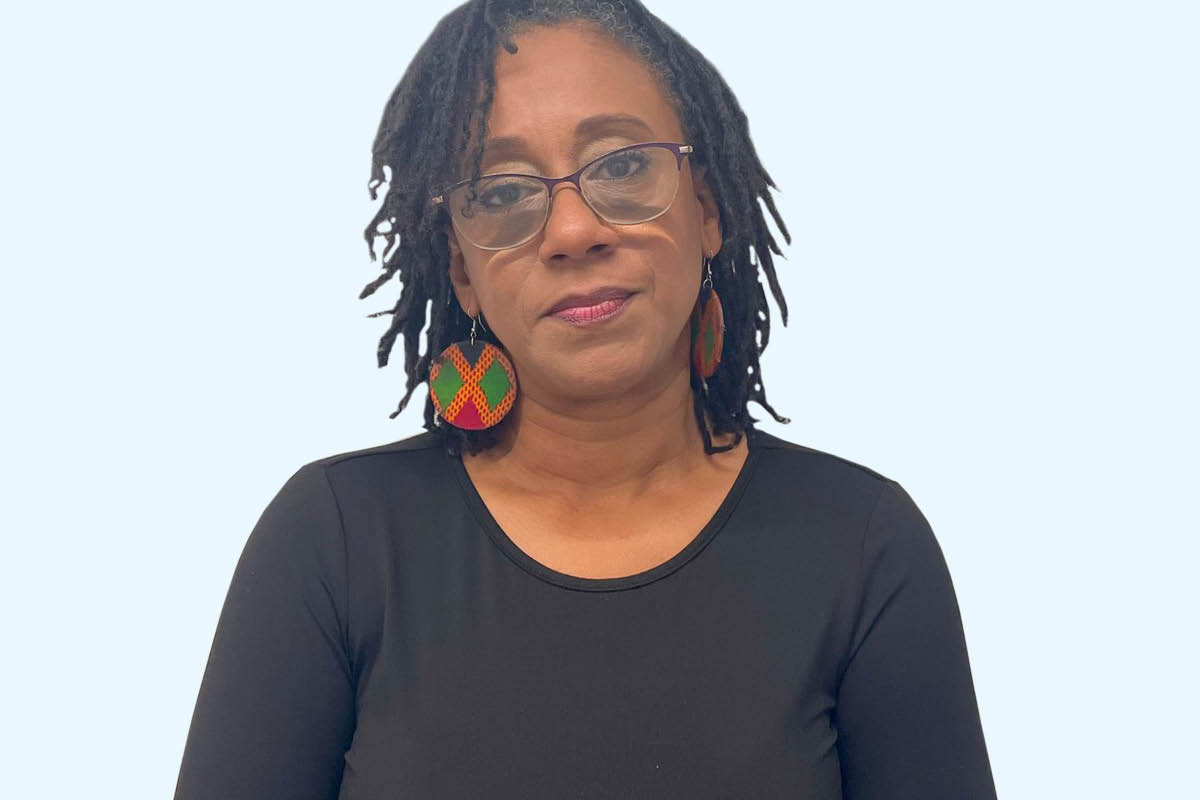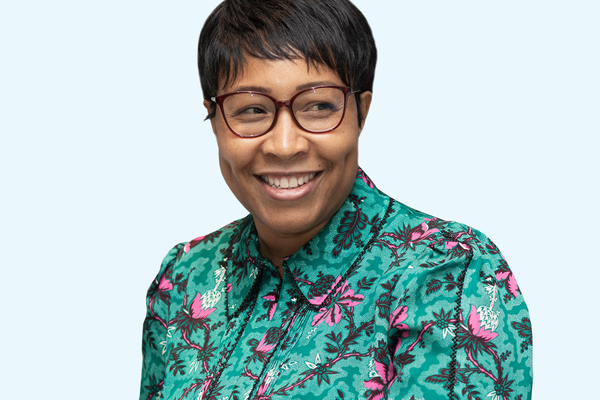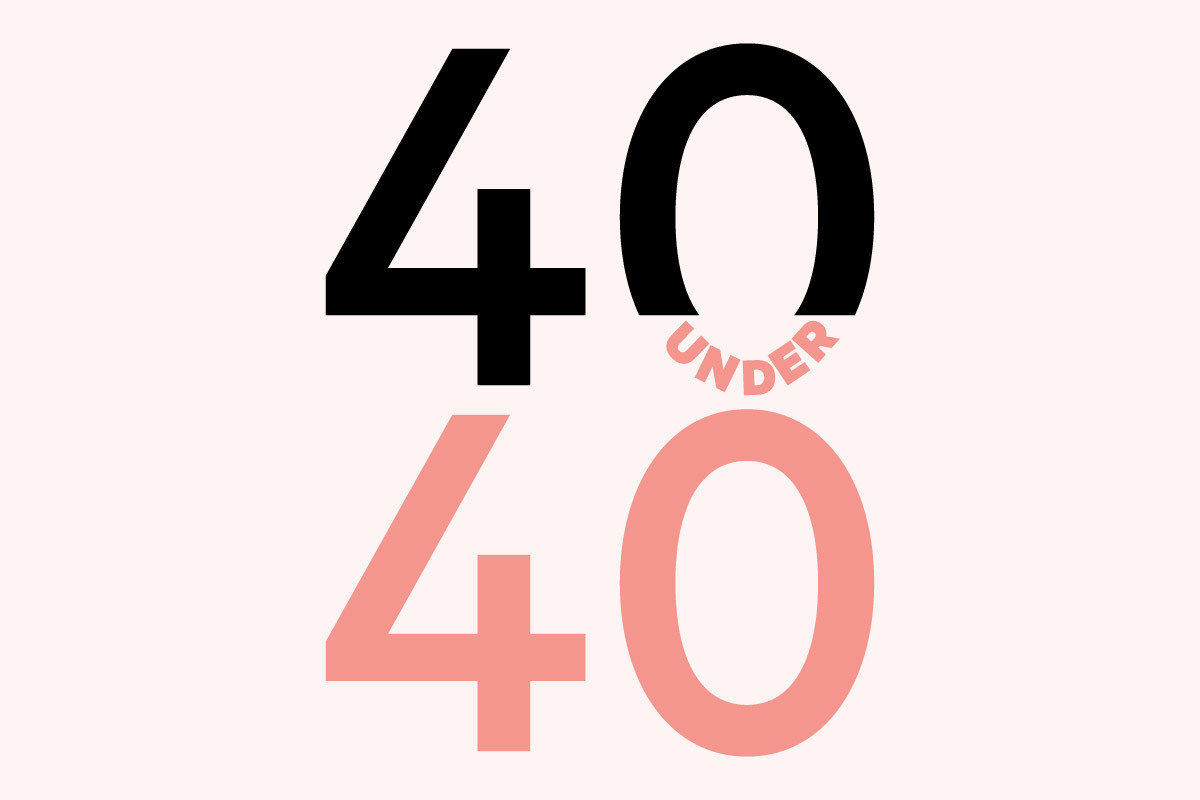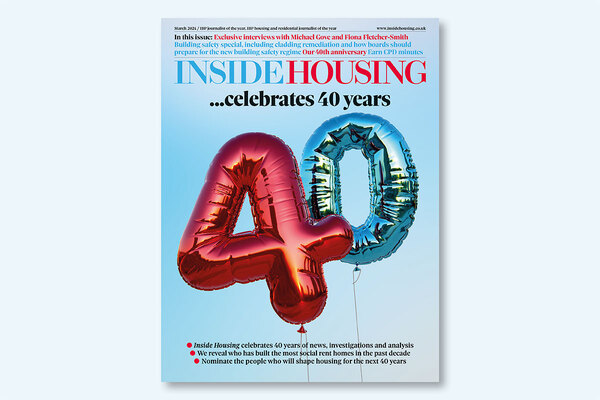You are viewing 1 of your 1 free articles

You have the power to build a new future for the sector with diversity and inclusion at its heart
As someone outside the social housing sector, Shaun Scantlebury can see the potential it has to drive the diversity and inclusion agenda forward
Inside Housing’s Inclusive Futures campaign aims to promote diversity and inclusion among housing’s leadership teams
Last year I was delighted when I was invited to be a layperson (ie someone from outside the housing sector) on the Leadership 2025 advisory board.
As director of people advisory services at EY, I work with a number of organisations that want to make a bigger impact through their diversity and inclusion programmes, and so the chance to be involved in an initiative with the ambition of diversifying the upper echelons of a whole sector seemed like too good an opportunity to pass up.
A year on, and having picked up a little bit of knowledge, it occurs to me that the housing sector could be uniquely placed to deliver diversity and inclusiveness benefits the likes of which other sectors could only dream of.
So, what’s the opportunity, what’s the case for pursuing it and what does it have to do with purpose?
Through building and managing people’s homes, the sector has a special relationship with the community.
I recall from my university studies that right at the base of Maslow’s hierarchy of needs are the basic physiological and safety needs, which include the need for shelter.
So much of the narrative on diversity and inclusion is focused on what happens towards the top of the pyramid: belonging, esteem and self-actualisation.
As employers and through the services the sector provides, there is an opportunity to go further through the provision of a place where people find warmth, rest, security and safety. Their homes.
“Through the provision of services to this customer base, the sector has an opportunity to have a profound and positive connection and impact on diverse communities”
The social housing sector in particular has a growing, large and diverse customer base representing nearly a fifth of all households in the UK and providing homes to approximately nine million people.
The social rented sector has a similar proportion of ethnic minority households as the private rented sector, but some ethnic groups are more likely to rent social housing than others. For example, 43% of all black households live in the social rented sector compared with 16% of white households and 25% of all ethnic minority households.
Through the provision of services to this customer base, the sector has an opportunity to have a profound and positive connection with and impact on diverse communities.
Existing legislation such as the Public Services (Social Value) Act 2012 and the Equality Act 2010 place an emphasis on providers of public services to consider the wider social, economic and environmental benefits that the service delivers.
Further, the Social Housing Green Paper signals a clear steer towards a regulatory framework with a sharp focus on customer centricity.
The business case for diversity has been well documented elsewhere, so I will not repeat that here.
But taking one example specific to the sector, the mayor of London’s Good Growth By Design plan, there is a clear call to action for all those involved in the architectural, design and built environment professions to build an inclusive city that designs for diversity.
This will be supported by the Greater London Authority to push for more innovative diversity policies through procurement processes. This is an emerging trend in other publicly funded infrastructure programmes.
Yet a survey by Inside Housing in 2017 found that less than 5% of housing association executives identified as black and minority ethnic. How does the sector demonstrate it is connected?
“My lay opinion is that this proud sector has a unique opportunity to reinvigorate its purpose with diversity and inclusiveness at its heart”
If an organisation’s purpose articulates why it exists, the above context provides a compelling case for the sector to demonstrate that it is connected and understands its communities.
The corporate environment is characterised by increasing ambiguity, disruption and change where trust in organisations is at an all-time low.
The housing sector faces similar challenges. In response, businesses are turning towards a broader perspective of value creation.
With employees valuing a company’s culture over salary and customers stating that they would choose brands with a clear purpose rather than those without, this matters.
My lay opinion is that this proud sector has a unique opportunity to reinvigorate its purpose with diversity and inclusiveness at its heart, setting a course that creates a legacy and builds trust for those that work within the sector and for your customers – your communities.
Shaun Scantlebury, director, EY’s People Advisory Services, and leader, Diversity and Inclusion Advisory practice
Inclusive Futures
Inside Housing’s Inclusive Futures campaign aims to promote and celebrate diversity and inclusion.
We are pledging to publish diversity audits of our own coverage.
We are also committed to proactively promoting positive role models.
We will do this through the pages of Inside Housing. But we will also seek to support other publications and events organisations to be more inclusive.
Our Inclusive Futures Bureau will provide a database of speakers and commentators from all backgrounds, for use by all media organisations.
We are also challenging readers to take five clear steps to promote diversity, informed by the Chartered Institute of Housing’s diversity commission and the Leadership 2025 project.
INSIDE HOUSING’S PLEDGES
We will take proactive steps to promote positive role models from under-represented groups and provide information to support change.
We pledge to:
Publish diversity audits: We will audit the diversity of the commentators we feature. We will formalise this process and publish the results for future audits twice a year.
Promote role models: We will work to highlight leading lights from specific under-represented groups, starting in early 2018 with our new BME Leaders List.
Launch Inclusive Futures Bureau: We will work with the sector to compile a database of speakers, commentators and experts from under-represented groups. The bureau will be available to events organisers, media outlets and publications to support them to better represent the talent in the sector.
Take forward the Women in Housing Awards: Inside Housing has taken on these successful awards and will work to grow and develop them.
Convene Inclusive Futures Summit: Our new high-level event will support organisations to develop and implement strategies to become more diverse and inclusive.
THE INCLUSIVE FUTURES CHALLENGE
Inside Housing calls on organisations to sign up to an inclusive future by taking five steps:
Prioritise diversity and inclusion at the top: commitment and persistence from chief executives, directors and chairs in setting goals and monitoring progress.
Collect data on the diversity of your board, leadership and total workforce and publish annually with your annual report. Consider gender, ethnicity, disability, sexuality, age, and representation of tenants on the board.
Set aspirational targets for recruitment to the executive team, board and committees from under-represented groups.
Challenge recruiting staff and agencies to ensure that all shortlists include candidates from under-represented groups.
Make diversity and inclusion a core theme in your talent management strategy to ensure you support people from under-represented groups to progress their careers.
THE CASE FOR CHANGE
34%
of housing association chief executives are female
1%
of housing association executives have a disability
1.6%
of housing association board members are LGBT
Women make up 46% of the UK workforce, but Inside Housing research found that they are under-represented on housing association boards (36%), executive teams (39%) and among chief executives (34%).
Almost a fifth of working-age adults have a disability (18%), yet associations reported only 1% of executives and 4.5% of board members with a disability. Many were unable to provide details.
Nationwide, 14% of the working-age population come from a BME background, climbing to 40% in London and Birmingham. Yet our research found that 6.8% of board members identified as BME, compared with 4.5% of executives.
Statistics on representation of LGBT people in the workforce are in short supply, but official statistics suggest that 2% of the total UK population identify as lesbian, gay or bisexual, rising to 4.1% for 16 to 24-year-olds. Our survey found that 1.6% of board members and 10 executives were LGBT – but most organisations were unable to provide figures.
Altair's five commitments
Report annually on key diversity statistics
Altair argues this should include pay gap calculations based on race or ethnicity “at the very least”.
Set boards and committees aspirational targets to recruit from under-represented groups
This should not only be reported internally but also monitored and publicised.
Interview a more diverse pool of candidates
Altair recommends that organisations should commit to interviewing at least one BME candidate for any senior leadership position, wherever possible. If not possible, they should explain why in their annual report.
Develop the leadership pipeline
This includes placing a greater focus on developing the talents of junior BME individuals.
Lead by example
Chief executives and boards should take a proactive and visible role in monitoring the implementation recommendations 1-4. Organisations should commit to diversity pledges, eg the principle of not participating in non-diverse panels and encouraging staff from diverse backgrounds to speak at events.

